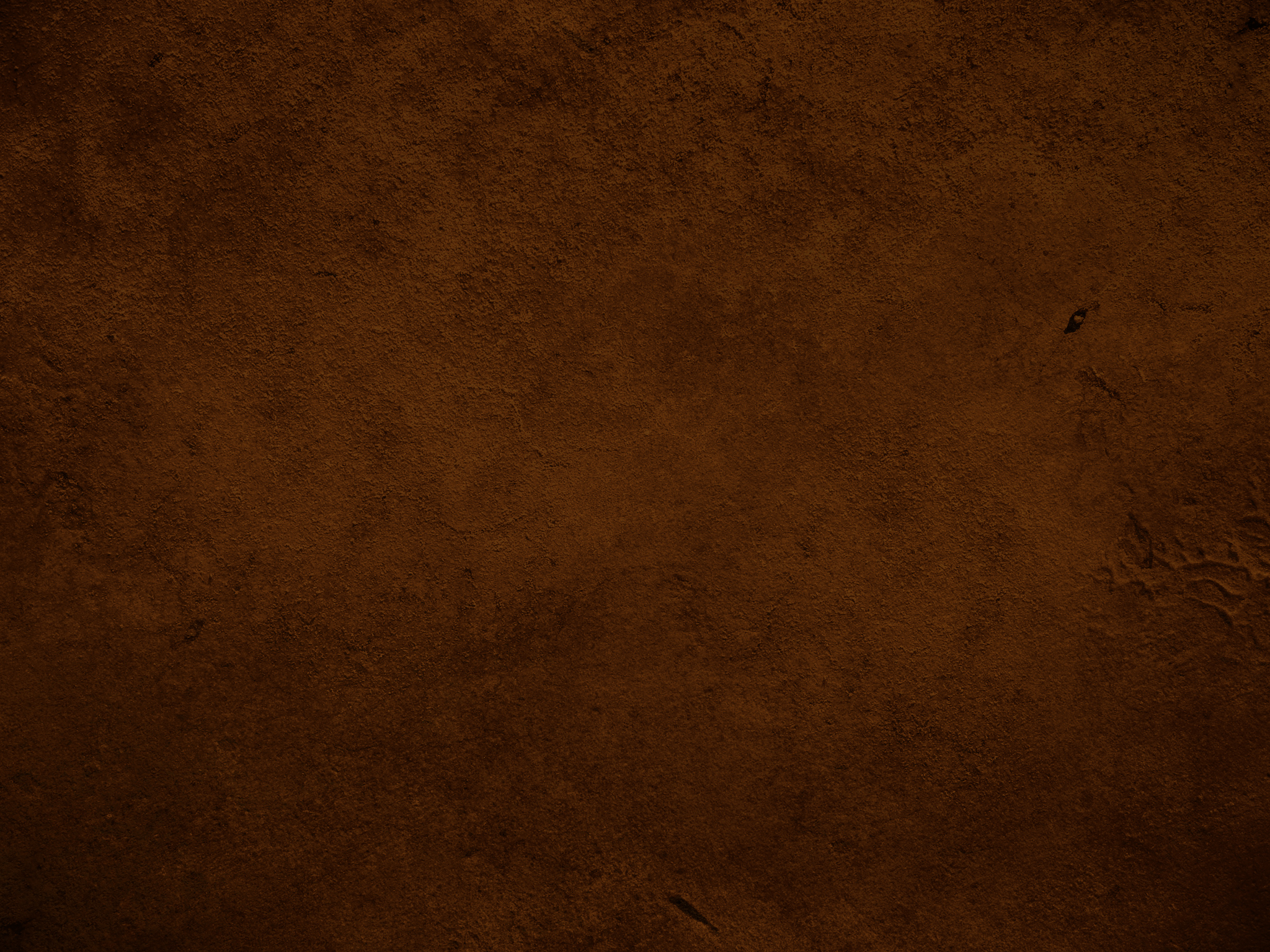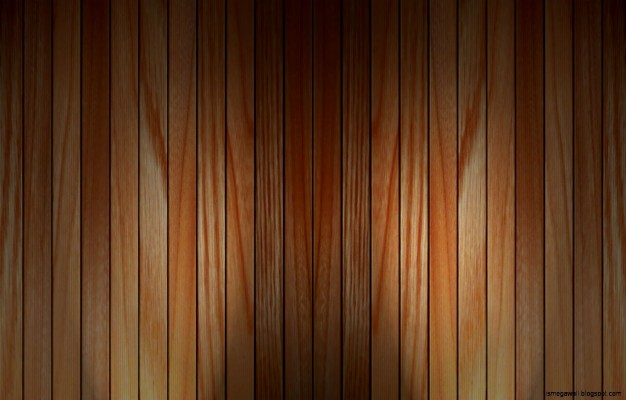

The term for the plebeians, or urban poor, was "pullati", which meant literally "those dressed in brown". In Ancient Rome, brown clothing was associated with the lower classes or barbarians. This ink was used by Leonardo da Vinci, Raphael and other artists during the Renaissance, and by artists up until the present time. The Ancient Greeks and Romans produced a fine reddish-brown ink, of a color called sepia, made from the ink of a variety of cuttlefish. Light tan was often used on painted Greek amphorae and vases, either as a background for black figures, or the reverse. The female figures in ancient Egyptian tomb paintings have brown skin, painted with umber. Paintings of brown horses and other animals have been found on the walls of the Lascaux cave dating back about 17,300 years. Paintings using umber, a natural clay pigment composed of iron oxide and manganese oxide, have been dated to 40,000 BC. History and art Ancient history īrown has been used in art since prehistoric times. In Japan, the word chairo means the color of tea. In Southeast Asia, the color name often comes from chocolate: coklat in Malay tsokolate in Filipino. Words for the color brown around the world often come from foods or beverages in the eastern Mediterranean, the word for brown often comes from the color of coffee: in Turkish, the word for brown is kahve rengi in Greek, kafé. The current meaning developed in Middle English from the 14th century. The Common Germanic adjective *brûnoz, *brûnâ meant both dark colors and a glistening or shining quality, whence burnish.

The first recorded use of brown as a color name in English was in 1000.

The term is from Old English brún, in origin for any dusky or dark shade of color. More positive associations include baking, warmth, wildlife and the autumn. According to public opinion surveys in Europe and the United States, brown is the least favorite color of the public it is often associated with plainness, the rustic, feces, and poverty. Brown is the color of dark wood or rich soil. The brown color is seen widely in nature, wood, soil, human hair color, eye color and skin pigmentation. In painting, brown is generally made by adding black to orange. In the RGB color model used to project colors onto television screens and computer monitors, brown is made by combining red and green, in specific proportions. In the CMYK color model used in printing or painting, brown is made by combining red, black, and yellow, or red, yellow, and blue.


 0 kommentar(er)
0 kommentar(er)
